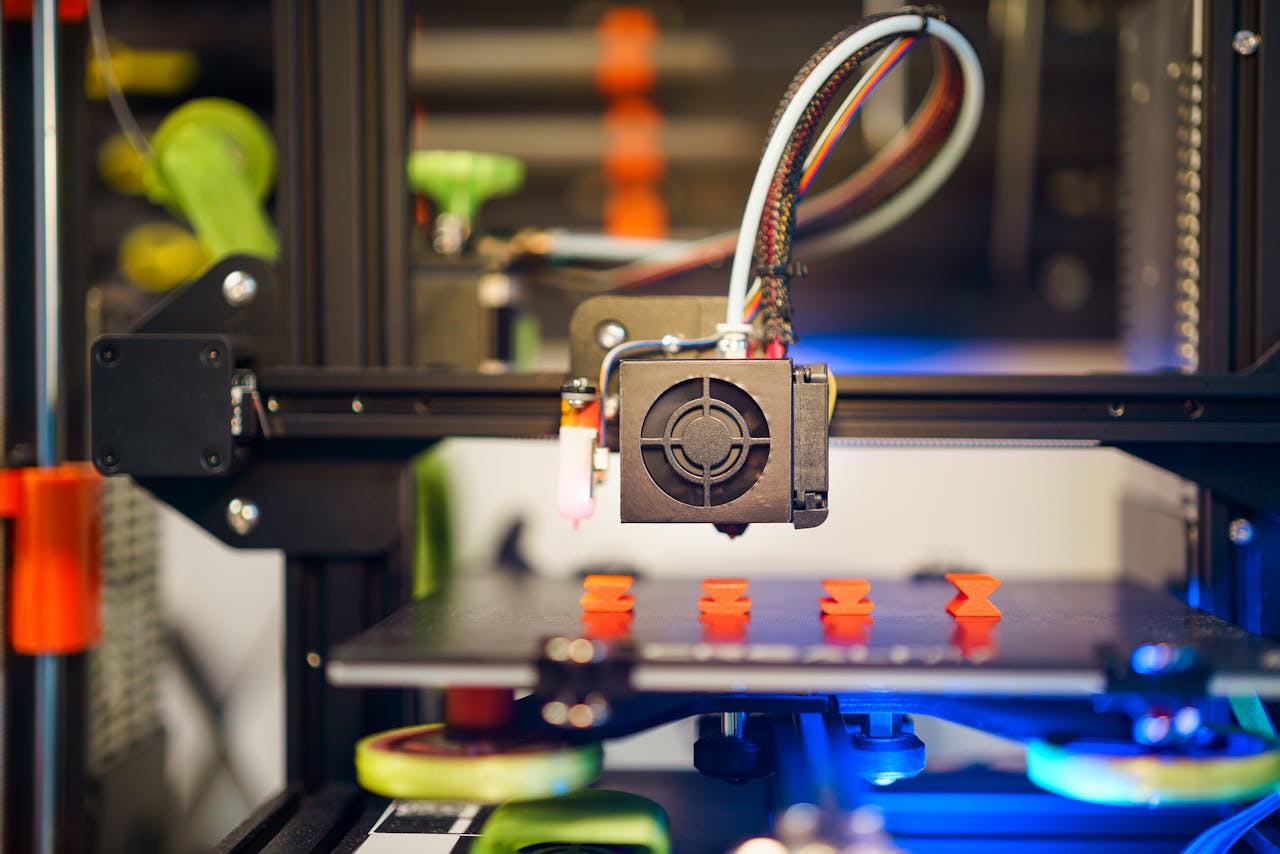From printing replacement human body parts to making repairs on voyages to Mars, 3D printing is a technology that promises to change the world. And Dubai is poised to lead the way.
In 2016, Killa Design used additive concrete ‘printing’ techniques to construct the first-ever fully occupied 3D printed building, which houses the Dubai Future Foundation.
The Future of Construction
Dubai’s embrace of 3D printing is transforming the construction industry. Its accelerated timelines mean that what would once take years to construct can be printed in months. This enables developers to create buildings faster and more efficiently, while saving resources and reducing waste.
In 2016, Dubai became home to the world’s first building to be made using 3D concrete printing. The massive structure, dubbed “Office of the Future,” was created by a printer with a robotic arm measuring 6 meters high and 12 metres wide.
Dubai Municipality has also recently launched the world’s first system of certification in additive construction, which aims to streamline operational procedures and ensure that the quality of concrete mixes used in 3D printed buildings is consistent and accurate. This initiative signals a shift towards global standardization in the construction industry. Ultimately, it’s likely that the use of 3D printing in construction will transform cities and the way we live in them.
The Future of Architecture
Whether it’s printing replacement human body parts or assisting with running repairs on voyages to Mars, the world of 3D printing is a futuristic one. However, one place that is firmly set on making this technology a reality is Dubai.
In fact, the emirate already hosts a litany of firsts when it comes to construction 3D printing. These include the world’s largest printed building – the Warsan two-story structure that stood 9.5 meters tall and covered an area of 640 square metres – and a Gensler designed 3D-printed office.
The latest development in the 3D construction industry, which is a big step towards achieving Dubai’s lofty goals, was the launch of a fully functional, three-bedroom villa. Powered by Xiaomi’s Smart Living concept, the home was printed from start to finish using an advanced concrete-based printer. This method reduces the total cost of the project by up to 50% compared to traditional construction methods.
The Future of Fashion
Fashion designers are taking advantage of 3D printing technology to create cutting-edge designs that seamlessly blend traditional Emirati elements with modern innovation. As a result, Dubai has become a global hub for incorporating cultural heritage with contemporary flair into the global fashion dialogue.
However, the speed and cost of printing can still lag behind traditional methods. In addition, the items produced by 3D printers may show visible layer lines or require additional processes if a smooth surface finish is desired.
Despite these limitations, the UAE continues to invest in 3D printing and has recently launched the world’s first fully functional and occupied 3D printed building. The Office of the Future is expected to serve as a research and innovation incubator for future emerging technologies in Dubai.
The Future of Manufacturing
From printing replacement human body parts to repairing robots on voyages to Mars, 3D-printed technology is changing the way we live. But there’s one industry in particular that could see the most significant changes – construction.
It could reduce labour costs and improve safety, as there’s less need for workers on-site. And it could help solve a global shortage of housing, with Dubai’s government pledging to have 25% of all new buildings printed by 2025.
To achieve this, the UAE is fostering a 3D-printing strategy that includes infrastructure, talent, research and development, incentives and awareness. In addition, it’s collaborating with the world’s top 3D printer manufacturers to develop industry-wide standards and create new applications for the technology. For example, Dubai resident Belinda Gatland now has a prosthetic foot that’s been entirely printed by 3D technology. The leg was created in collaboration with Mediclinic, Prosfit (Bulgaria), and Mecuris (Germany). It took just 15 minutes to print the limb and the procedure was painless.
The Future of Healthcare
Dubai is a world leader in 3D printing with the introduction of its ‘Dubai 3D Printing Strategy’ and has a wealth of expertise in the sector. The city already boasts a number of “firsts” in the field, including a 3D-printed bus stop, the world’s first 9-axis printer and a 2D printed building.
Similarly, healthcare is another area that will benefit from the technology. Patients can be given a prosthetic limb within days using a 3D printer and will not have to wait for weeks whilst traditional models are manufactured.
Moreover, hospitals will become increasingly digital and tele health/medicine-based with the use of remote healthcare services that allow doctors to monitor patients and provide medical advice remotely. With the pandemic continuing, this is an important step forward and it’s expected that the sector will grow even further in coming years.
The Future of Education
Dubai has been quick to jump on the 3D printing bandwagon. The city recently opened the world’s first fully occupied, and permanently staffed, 3D printed building – the Office of the Future.
The structure is designed to reflect the fusion of traditional Emirati architecture and modern technology. It is a two-story villa built using MEET’s proprietary Nano Tech Concrete material, which uses advanced polymers that are able to harden within hours after being applied to the surface of the concrete.
The construction industry is one of the largest in the UAE, and Dubai has already set a goal of having 25% of its buildings built by 3D printing by 2030. The move could help to reduce human construction labor by up to 70%, and cut overall costs by 90%. The city is also working to develop the world’s first 3D printing strategic alliance, which will bring together government entities, academia, and 3D printing companies from across the globe.

